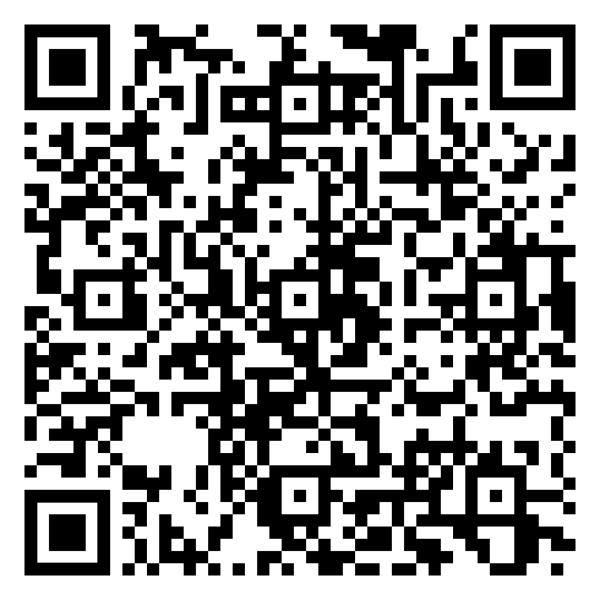Textbook market is complicated
Jeremy Greenwood
The start of any semester is a hectic time for everyone on campus. This is especially true for JSC’s Summit Bookstore, which has to stock merchandise, materials and, most importantly, textbooks for every course the college offers.
In the midst of such chaos, it’s easy for things to fall through the cracks, like getting your books on time. Sometimes students feel like the store sells out before they’ve even had the chance to think about getting their books, forcing them to resort to sharing with classmates or ordering them from online sites.
Jeremy Greenwood took over management of Summit Bookstore in July. In an email to “Basement Medicine,” he went into a little more detail about the store’s ordering process and its relationship with Follett Higher Education Group.
“Summit Bookstore is one of nearly 1,200 brick and mortar campus stores that Follett operates in partnership with the campus,” Greenwood said. “This partnership allows students to have access to affordability programs such as our national rental program, as well as an extensive library of low-cost eBook options.”
The process of determining how many books to keep in stock begins with the submission of faculty adoptions, or the specific materials that professors will require for their courses.
Ideally, the adoptions are turned in before course registration opens for the upcoming semester. This ensures more accurate stocking, while helping determine how many books will be bought back after the current semester and for how much.
When calculating an exact number to order, Greenwood looks at three factors: historical enrollment numbers, previous sales, and current enrollment and section capacity. It may seem like sound methodology, but there are inherent issues that arise.
“While these data sets give great insight into what we expect enrollment to be, in some cases courses exceed the section capacity listed,” Greenwood said. “For example, over 40 sections this spring semester currently have actively enrolled students that exceed the listed section capacity set for the course.”
Apart from course enrollment numbers, there’s a myriad of factors that can affect the bookstore’s textbook supply, such as faculty changes, publisher availability and even a flooded warehouse at the beginning of this year.
According to Greenwood, a shipment of textbooks arrived with severe water damage, causing the store to run out of stock after the professor issued the first assignment, but he said the books were resupplied the next day.
Certain publishers allow for a right of return, the ability of the store to return unsold stock to the publisher without paying. While this is the case for Summit Bookstore, Greenwood said that it is only allowed with new stock and the publisher limits how much can be returned. Unlike in a typical bookstore, this makes inventory particularly challenging, since college bookstores stock a substantial number of used textbooks to help students save on cost.
This may lead to a reduced stock on campus and books selling out quicker than students would like, but if that does happen, there are other options.
“Students can pre-order their texts in store, meaning once additional copies are either sourced or returned during the add/drop period, they are reserved for the student,” Greenwood said. “Another great option is ordering online through ShopJSC.com.”
Students ordering through the JSC website can order in any format on the Follett network, meaning if the Summit Bookstore only has new copies in stock, the student could order a cheaper used book. Specifically using the JSC site, as opposed to other online retailers, also allows students to use their student account and pay for the books with their financial aid.




